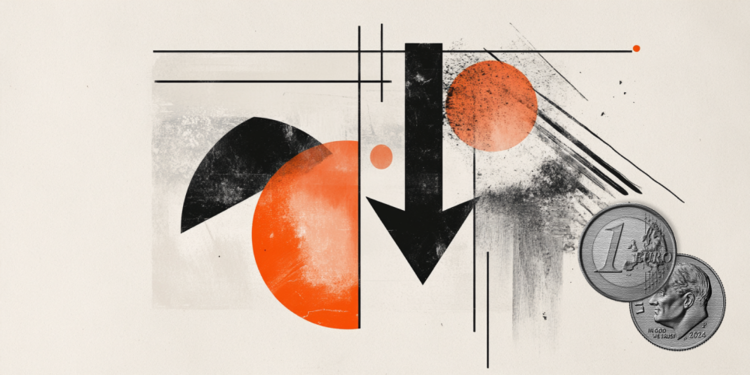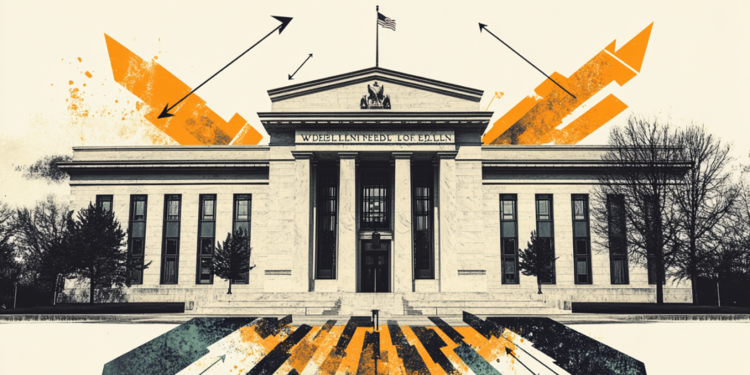The Ministers of Indigenous Peoples, Sonia Guajajara, and of Planning, Simone Tebet, stated that the significant increase in the indigenous population is the result of the reach of census takers from the Brazilian Institute of Geography and Statistics (IBGE) and the feeling of belonging of the indigenous peoples who live in urban areas.
“It is also an opportune moment because people are feeling free to say that they are indigenous, and there was a moment when people had to deny their identity in order not to die. So this is very significant for us”, declared Sonia Guajajara at a press conference this Monday (7).
The ministers spoke to journalists after the release of the 2022 Indigenous Census by the IBGE, which revealed the existence of 1.69 million indigenous people in Brazilian territory. The number corresponds to an increase of 88.82% in relation to the last study, which took place in 2010.
For Sonia Guajajara, the feeling of belonging is related to the significant increase in the population, but there is also data from the indigenous communities themselves that indicate this growth. “It’s a combination of factors,” she said.
Another point was the expansion of the work of the IBGE, which had the support of various ministries and institutions to reach villages that are difficult to access, such as helicopters from the Federal Highway Police (PRF), fuel from the Armed Forces and guides from the Ministry of Indigenous Peoples.
“It is not that the indigenous population has necessarily increased, it is that [eles] they were invisible because the State did not reach them. So how can you make efficient public policy if you don’t know where they are, what they think, what they need?”, said Simone Tebet.
According to the minister, it was the first time that the IBGE managed to enter some Yanomami villages. According to the survey, the Indigenous Land has the largest number: 27,000 people.
See also: STF launches first edition of the Constitution in indigenous language
Most of the indigenous population revealed by the Census is in the North Region (753,357), followed by the Northeast (528,800), Midwest (199,912), Southeast (123,369) and South (88,097).
Amazonas (490,854) is the state with the largest indigenous population in the country, followed by Bahia (229,103), Mato Grosso do Sul (116,346), Pernambuco (106,634) and Roraima (97,320). Together, these five states hold 61.43%.
The IBGE itself lists some points that may be partially responsible for the variation, related to the greater scope of the 2022 survey compared to the 2010 survey.
- improving the mapping of indigenous localities throughout the country, including cities and remote areas;
- the insertion of standardized operating procedures for approaching indigenous leaders;
- the use of Funai’s institutional guides [Fundação Nacional dos Povos Indígenas] or sesai [Secretaria de Saúde Indígena];
- preparation of Funai and Sesai regional and local teams to support the census operation;
- the incorporation of the figure of the indigenous community guide;
- differentiated training of census teams;
- real-time monitoring of census collection coverage and methodological adaptations to facilitate understanding of the census questionnaire, including expanding the question “do you consider yourself indigenous”.
*with information from Caio Junqueira
Source: CNN Brasil
I’m James Harper, a highly experienced and accomplished news writer for World Stock Market. I have been writing in the Politics section of the website for over five years, providing readers with up-to-date and insightful information about current events in politics. My work is widely read and respected by many industry professionals as well as laymen.







